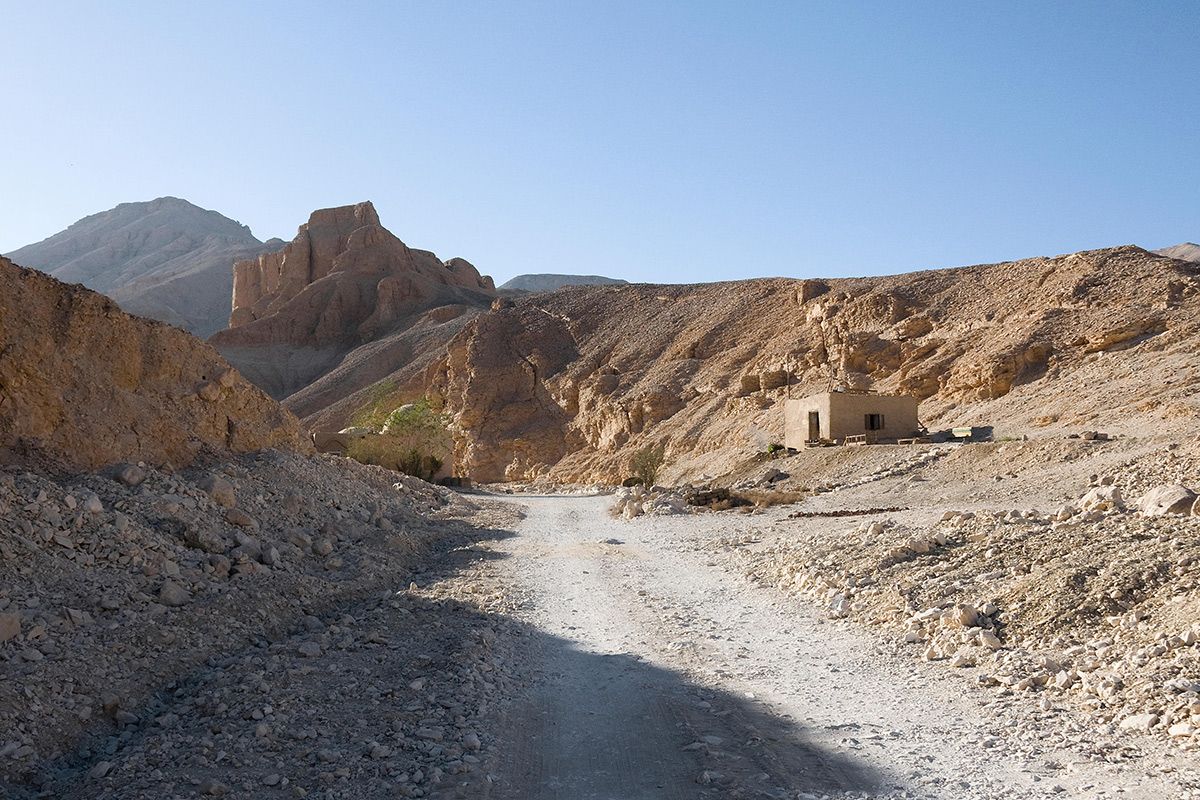Where's the Tomb of King Tut's Wife? Valley of the Kings Dig Leaves Mystery

Before ancient Egyptians constructed a tomb they would dig holes that contained buried artifacts. The tomb would then be built nearby. Recently, in the Valley of the Kings (where King Tut was buried), archaeologists unearthed a set of these "foundation deposits," but to their puzzlement, no tomb has been found.
Discovered in 2010 near the tomb of King Ay(who married King Tut's widow), four foundation deposits were found that hold a blue-painted vase, knives with wooden handles and the head of a bovine. The four foundation deposits are in a rectangular shape. A radar scan of the site, in the West Valley, showed an anomalous void that hinted there was a tomb entrance near the deposits. Excavations resumedin January 2018.
The fact that the deposits are located near the tomb of Ay raised the possibilitythat the tomb could be that of Ankhesenamun, King Tutankhamun's wife. [See Photos of Egypt's Valley of the Kings]
However, no tomb has been found. "We did not discover anything yet in the West Valley," Zahi Hawass, a former minister of antiquities who is leading excavations, told Live Science in an email. The team dug down to the spot where radar indicated that a tomb entrance may be located, but the researchers found nothing. The team is still digging in other areas near the foundation deposits in hopes of finding the tomb.
Hawass is undeterred, and his team will continue their dig. "Through my experience with radar, I want to tell you that radar never made a discovery in Egypt," Hawass told Live Science. "My excavation is not at all depending on any radar reading."
The use of radar has proven problematic in the Valley of the Kings in the past. In 2016, a radar scan showed a hidden chamber in Tutankhamun's tomb, but later scans showed that the chamber doesn't exist. Most archaeological discoveries in the Valley of the Kings were made before radar was even invented. Howard Carter discovered King Tut's tomb in 1922, after years of excavations.
In addition to work in the West Valley, Hawass is also starting to excavate in the East Valley, where archaeologists have found most of the Valley of the Kings tombs to date.
Get the world’s most fascinating discoveries delivered straight to your inbox.
Hawass has long been convinced that more royal tombs remain to be found in the Valley of the Kings. "The tomb of Thutmose II, not found yet — the tomb of Ramesses VIII is not found yet. All the queens of Dynasty 18 [1550-1292 B.C.] were buried in the valley, and their tombs [are] not found yet," Hawass said in 2013 during a lecture at Toronto's Royal Ontario Museum.
While Hawass' team has not yet found the tomb suggested by the foundation deposits archaeologists have made other discoveries in the Valley of the Kings in recent years. In 2014 a Swiss-Egyptian team found a new chamber full of the mummified remains of princes and princesses in a tomb called KV 40 that was originally discovered in 1899. Evidence of an ancient flood-control system was found recently in the Valley of the Kings by a team led by Hawass.
Originally published on Live Science.

Owen Jarus is a regular contributor to Live Science who writes about archaeology and humans' past. He has also written for The Independent (UK), The Canadian Press (CP) and The Associated Press (AP), among others. Owen has a bachelor of arts degree from the University of Toronto and a journalism degree from Ryerson University.


